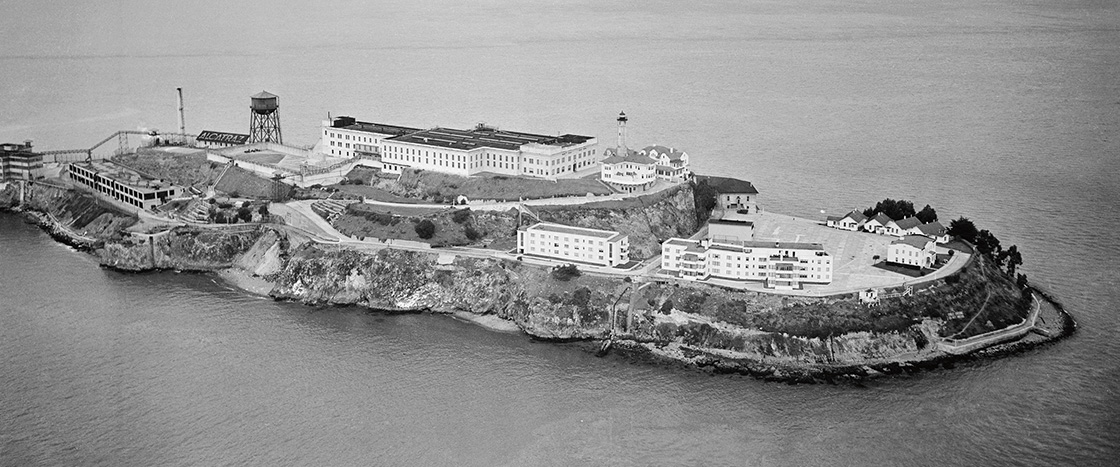Photo by Corinne Dollison Edwards, Courtesy of Jolene Babyak
Jolene Babyak
Early on the morning of June 12, 1962, 15-year-old Jolene Babyak was deep asleep in her bed. Her house was on a small island in the middle of San Francisco Bay. The gentle sounds of lapping waves and squawking seagulls drifted through her window.
Suddenly, a loud siren blared through the darkness.
Jolene was startled awake. She knew exactly what the siren meant: An inmate had escaped from Alcatraz, the prison less than 300 feet from her bed.
But Alcatraz wasn’t just any prison. It was the toughest penitentiary in the country, where violent killers, kidnappers, and robbers were locked up. So what was Jolene doing there?
She wasn’t a prisoner. And she was several years too young to work as a guard.
Jolene was one of dozens of kids who grew up on the island of Alcatraz. Alcatraz was her home.
Early one June morning in 1962, 15-year-old Jolene Babyak was asleep in her bed. Her house was on a small island in the middle of San Francisco Bay. The gentle sounds of waves and seagulls drifted through her window.
Suddenly, a loud siren sounded in the darkness.
Jolene was startled awake. She knew exactly what the siren meant. An inmate had escaped from Alcatraz, the prison less than 300 feet from her bed.
But Alcatraz wasn’t just any prison. It was the toughest penitentiary in the country. Violent killers, kidnappers, and robbers were locked up there. So what was Jolene doing in this place?
She wasn’t a prisoner. And she was several years too young to work as a guard.
Jolene was one of dozens of kids who grew up on the island of Alcatraz. Alcatraz was her home.

